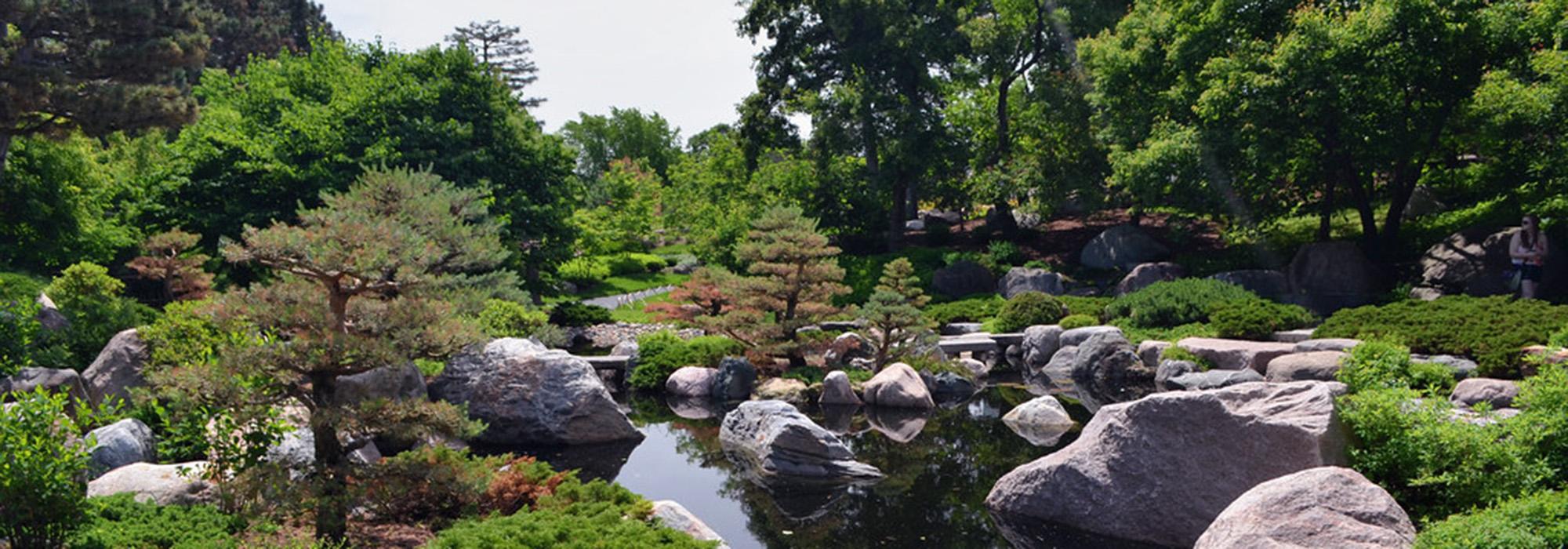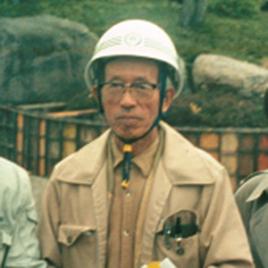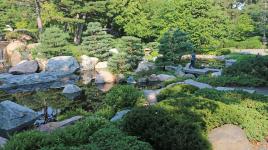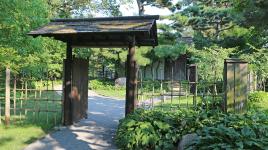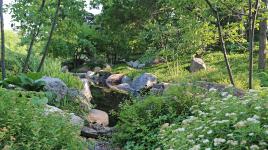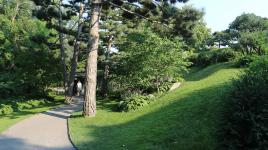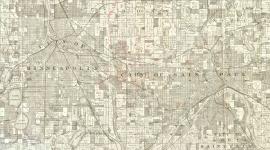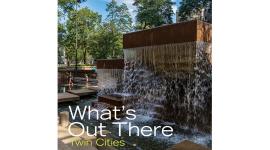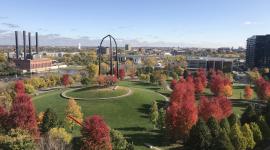Pioneer Information
Born and raised in Matsubaramachi-Nishimachi, Japan, an area historically renowned for landscape design, Matsuda was part of a family of Japanese gardeners spanning nine generations. Matsuda received an immersive education in garden and landscape design and formal training through the Kyushu Landscape Greenland Federation and Nagasaki Prefecture Government. Matsuda became Japan’s leading tree doctor, and was involved with Nagasaki Landscape Association, Koga Tree Gardening Union, Kyushu Landscaping Greenland Federation, and the Japan Landscape Federation. The catastrophic events of the Second World War greatly influenced the focus of Matsuda’s career. Dedicated to renewing Japan’s landscapes after the war, Matsuda became a pioneer in developing industry technologies and treatments. He was entrusted with treating two 500-year-old camphor--or kusu--trees which were preserved in Nagasaki’s Sannō Shrine after miraculously surviving the nuclear attack. Matsuda’s relationship with St. Paul, Minnesota began in the 1970s, when the city of Nagasaki gifted the city of St. Paul a Japanese garden in celebration of a sister city relationship established in 1955. The garden, located in St. Paul’s Como Park, was designed by Matsuda in traditional Japanese style utilizing species native to Minnesota to create a sansui landscape of hills and meandering streams decorated by ornamental lanterns. The garden opened to the public in 1979 but was for many years overcome by maintenance problems resulting from geographic and linguistic challenges and a lack of understanding among Como Park staff of the fundamentals of Japanese gardening. His dedication to the garden unwavering, Matsuda traveled to St. Paul in 1984 to train volunteers on Japanese techniques and from 1990-1991 he directly led a full renovation of the garden. In 2005, Matsuda helped oversee a collection of seeds from the sacred kusu trees of the Sannō Shrine to be planted in Como Park. Matsuda died in Nagasaki in 2012.



